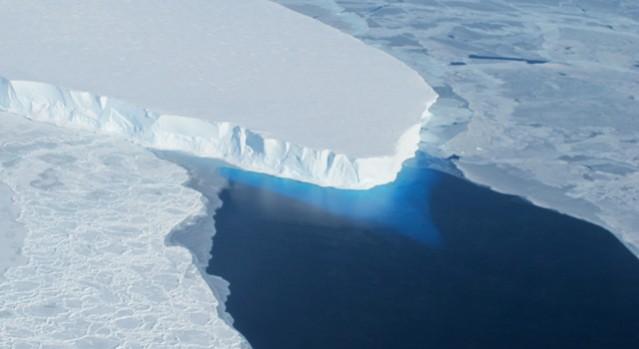Last June, a trillion-ton iceberg — four times as big as London — broke free from the Larsen C segment, which is a part of the massive ice shelves called the Larsen Ice Shelf that runs along the east coast of the Antarctic Peninsula from Cape Longing to Smith Peninsula.
As the iceberg — christened A68 — drifted away, it exposed a once-inaccessible expanse of water for the first time in 120,000 years.
Now, scientists from the British Antarctic Survey are embarking on an expedition on February 14 to study these unseen waters, estimated to be spread over some 5,818 square km (2,246 square miles), and the possibility of unknown life forms there.
Antarctica has never failed to surprise scientists with this array of weird life forms and ecosystems. In December 2017, a team of researchers discovered a new bacteria that can live off chemicals in the air.
Not only do these microbes throw light on how life survives in extreme environments on Earth but can also change the way we think about alien life on some distant planets.
Katrin Linse, who is leading the team for the upcoming expedition, said they want to explore the water as early as possible so that they can study the ecosystem before sunlight starts changing the undersea environment.

Though scientists are apprehensive of what they may find in the pristine waters, they have come across bizarre creatures in Antarctica before. A bristled marine worm with an oval body ringed with shiny golden bristles and clamp shaped mouth with sharp teeth was discovered in the Southern Ocean.
In a 2017 report, Live Science said this creature looked like a "Christmas ornament from hell".
Other creatures like a crustacean called Lyssianasid amphipod and icefish have developed abilities to help them survive in the extreme conditions. While the amphipods colonized waters beneath the Ross Ice Shelf in western Antarctica, icefish developed natural antifreeze in their blood and body fluids.
Science Daily reported that Katrin's team will investigate the new sea by collecting seafloor animals, microbes, plankton, and sediments.
They will also be collecting water samples for understanding the ecosystem better. The equipment that will be used are likely video cameras and a special sled pulled along the seafloor. They are also expected to record any marine mammals and birds that might have ventured into the area.
















